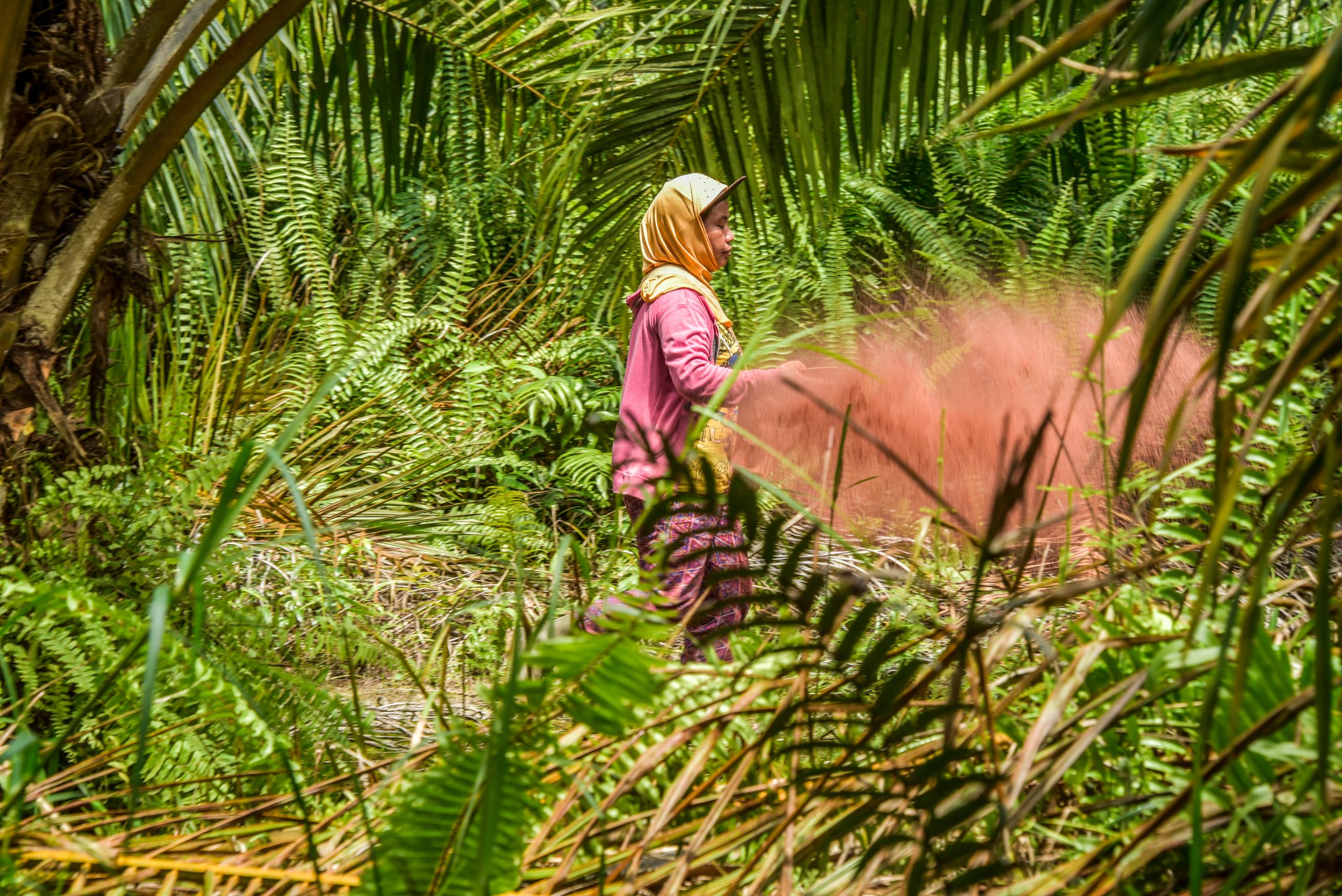Duration of engagment
Medium (1-3 years)
Cost
($-$$)
Staff time/flights to participate in meetings/provide comments to written materials
($)
Support for meeting costs or to fund participation by local stakeholders
($$-$$$)
Consultants to assist with initiative design and facilitation
In the real world
“Hotspot Intervention Areas” reduce emissions
The Ghana Cocoa Forest REDD+ Program (GCFRP) aims to reduce emissions driven by agriculture expansion, secure Ghana’s forests, and improve incomes and livelihood opportunities for farmers and forest users. The nation’s Forestry Commission has established a results-based planning and implementation framework through which the government, businesses, civil society, traditional authorities, and local communities can collaborate. The GCFRP has identified nine priority “Hotspot Intervention Areas” (HIA) in which local public and private stakeholders jointly design and implement scaled interventions.
a. In the Asunafo-Asutifi HIA, for example, 8 cocoa companies have been working with facilitation from Proforest and the World Cocoa Foundation on landscape-level assessments to support development of a management and investment plan.
b. Across other HIAs in Ghana’s larger Juabeso-Bia landscape, an initiative known as the Partnership for Productivity, Protection, and Resilience in Cocoa Landscapes (3PRCL) seeks to remediate deforestation caused by cocoa farming and other activities. Working with key stakeholders (cocoa producers, traders, processors, chocolatiers, logging companies, civil society, and government), the agro-industrial company, Touton, co-led a multi-year process to develop 3PRCL, creating a joint governance structure, goals, and strategies that would improve cocoa farmer yields and reduce deforestation. Through this process, stakeholders in each HIA created local natural resource management bodies, each empowered to register more than 5,000 farms illegally located in forest reserves, then help traditional and governmental authorities remediate the farms’ impacts over a 25-year period. The initiative has closely aligned its goals and strategies with the GCFRP and will test the standard and certification system for ‘climate-smart cocoa’ emerging under Ghana’s Cocoa Board.
Pursuing total statewide certification
In the state of Sabah, Malaysia, the Jurisdictional Certification Steering Committee (JCSC) oversees development and implementation of a work plan for achieving the goal of 100% statewide certification to the Roundtable on Sustainable Palm Oil (RSPO) standard. The JCSC is a multi-stakeholder group whose representatives — from government (5 departments), private sector (5 companies), and civil society (5 NGOs) — collaborated to develop a 5-year action plan to achieve Sabah’s certification. HSBC, Sime Darby, Wilmar, and two local companies participated in this process.
Crafting local sustainability metrics
Leaders of districts with membership in the Sustainable Districts Association (LTKL) have agreed to a set of credible targets and a reporting system aimed at boosting competitiveness and attracting new investment based on each district’s demonstrated sustainability. The districts worked with 31 companies through LTKL’s Partners Network to formulate the Kerangka Daya Saing Daerah (KDSD)/Regional Competitiveness Framework. KDSD integrates national policies and market-based frameworks (SDGs, Principles & Criteria of the RSPO, Terpercaya, Sustainable Landscapes Rating Tool, and Verified Sourcing Areas) for sustainable commodities production, ensuring coherence with subnational policy. Agribusinesses in each district are helping collect relevant data and translate the KDSD framework into locally specific targets, sustainable production plans, and means of verification. For instance, district-level translation of the framework in Siak, in Riau Province, is being done by a group of companies that includes Cargill, Danone, GAR, Musim Mas, Neste, PepsiCo, Unilever, RAPP, APP, and Chevron, with facilitation by Proforest and Daemeter.
Co-writing a road map to reach the “Green District”
In 2016, Indonesia’s Siak District in Riau Province set out with ambitions to become a “Green District.” A coalition of eight companies (Cargill, Danone, Musim Mas, Nestlé, PepsiCo, Golden Agri-Resources, Unilever, and L’Oréal) convened with facilitation from Daemeter and Proforest to help implement the district’s ambitious sustainability policies. These companies worked closely with the Siak government, the NGO coalition Sedagho Siak, and the community collective Kito Siak to develop a road map that would support the transformation toward sustainable palm oil across the district.
Key points for companies
To shape a L/JI, a government agency or NGO typically convenes a multi-stakeholder group to develop goals, KPIs, and implementation strategies (companies should see Annex 1 in the PDF version of this Guidance for further details of this process). The company’s role is to bring its perspective to discussions and help find solutions that boost productivity while minimizing negative environmental impacts and ensure respect for human rights. As illustrated here, a company’s level of engagement may vary based on its specific goals and level of investment (and/or risks) in each geography.

Companies should:
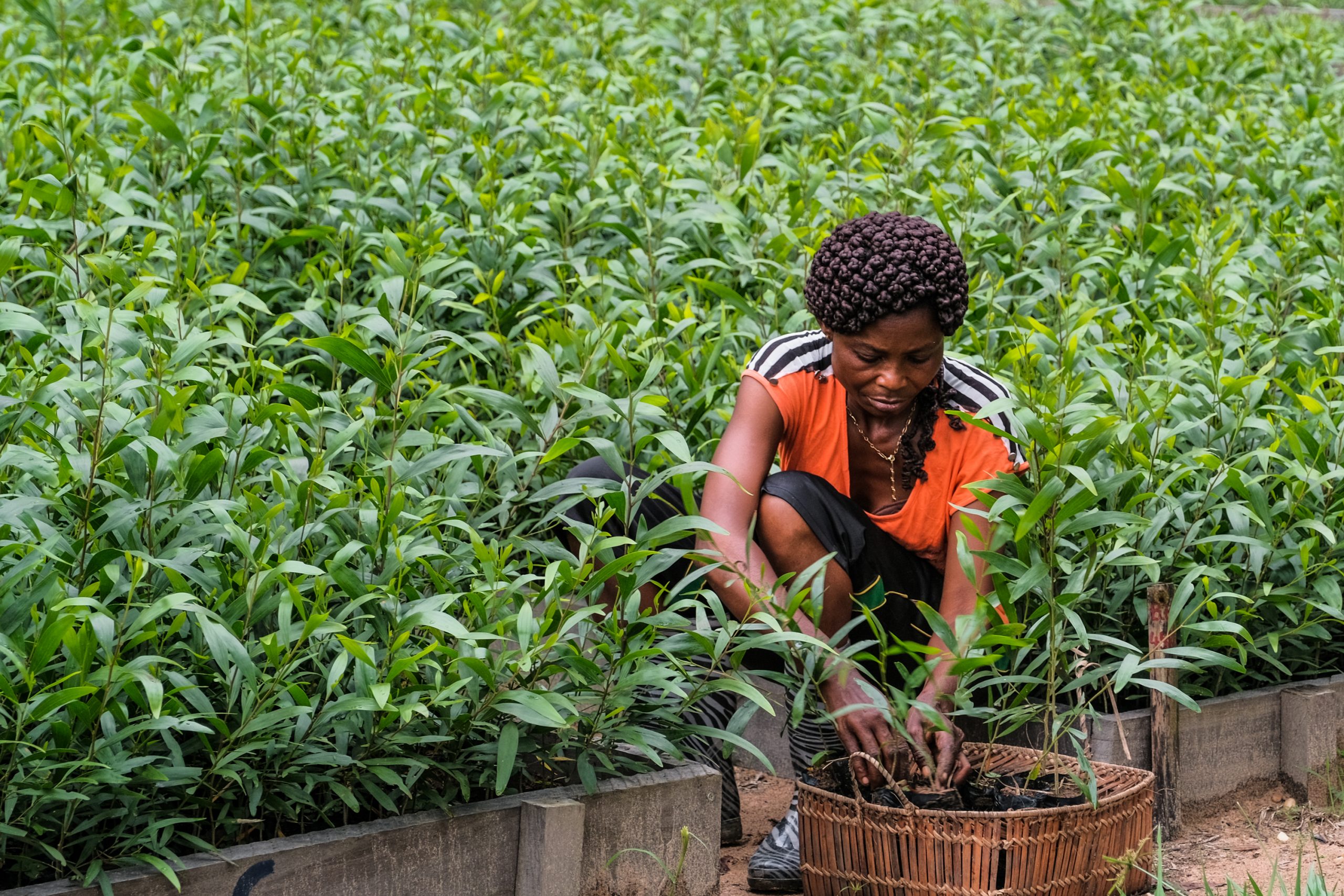
Clarify multi-stakeholder process goals and roles: who will participate, what they will contribute, and how the process it envisions will unfold.
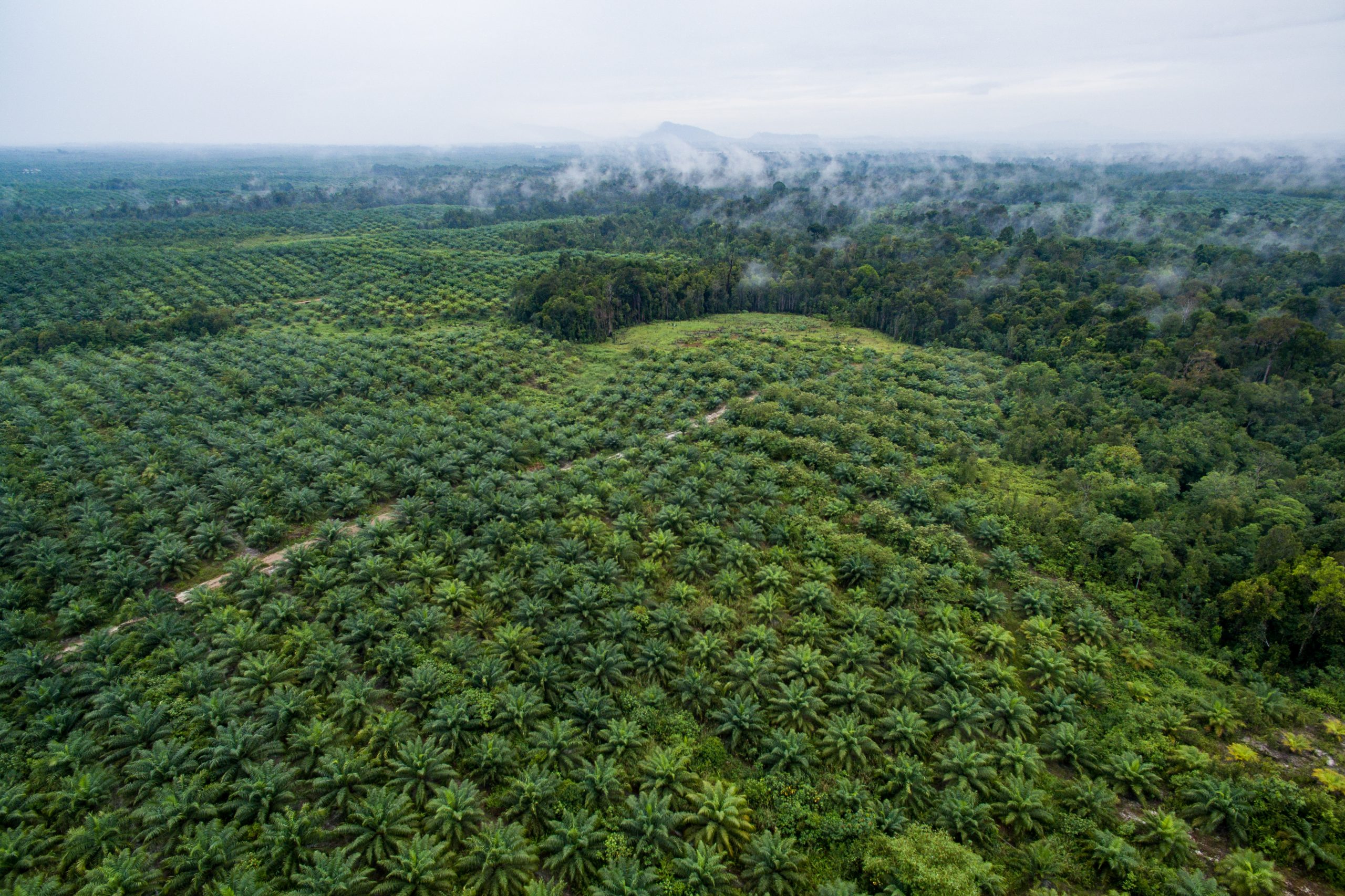
Carefully consider whether all key stakeholders are represented (both those who can influence and achieve goals, and those most affected by their success or failure). If any appear to be “missing”, figure out how to recruit them, either from the start or at a later date if more appropriate.
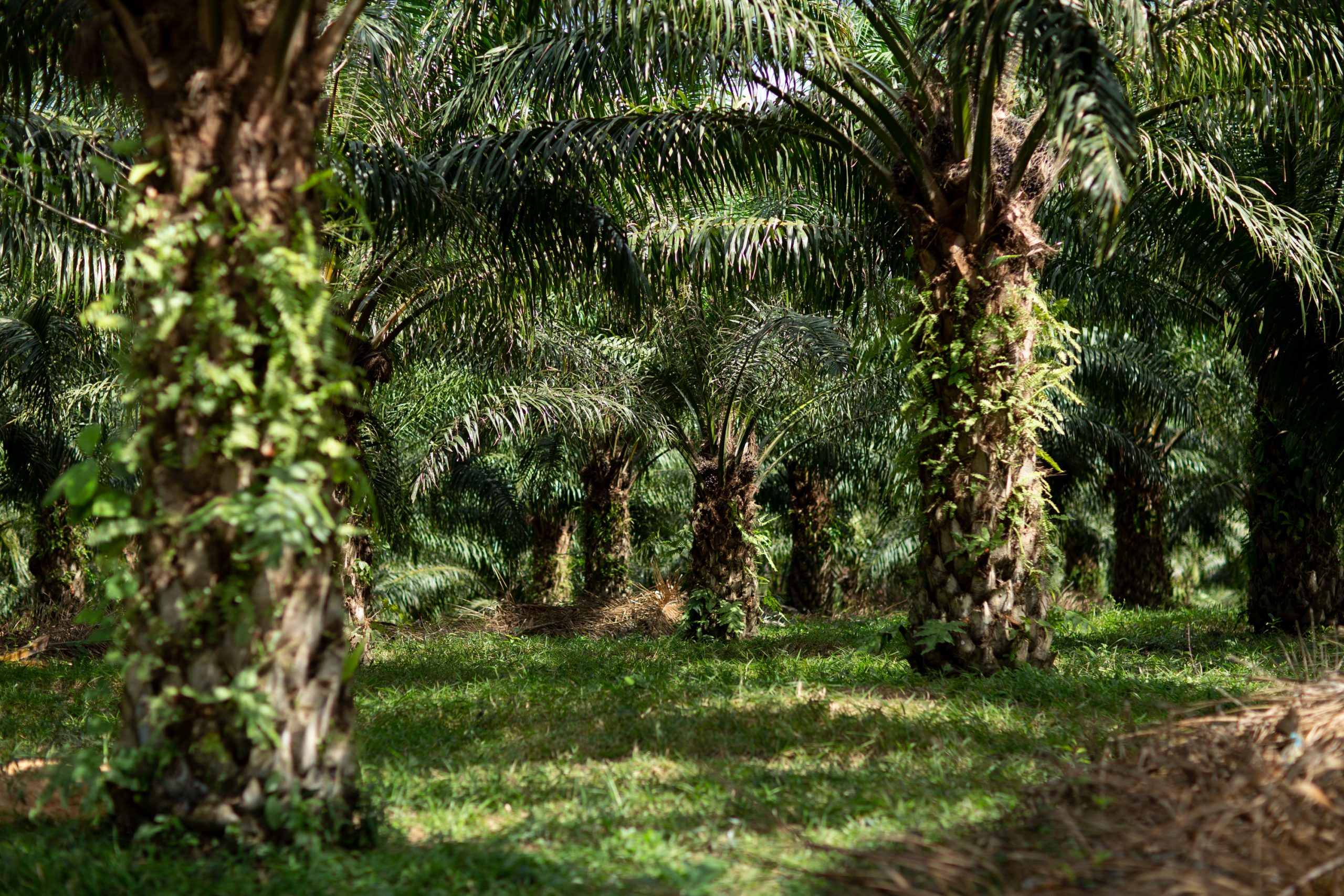
During a multi-stakeholder process, communicate and negotiate in a constructive manner through an approach based on shared interests.

Identify information and resources to bring to the table and seek complementary inputs from other participants. For example, companies can help document and visualize data, yet ensure that subsequent planning and decision-making processes (using those data as a guide) are both inclusive and highly participatory.
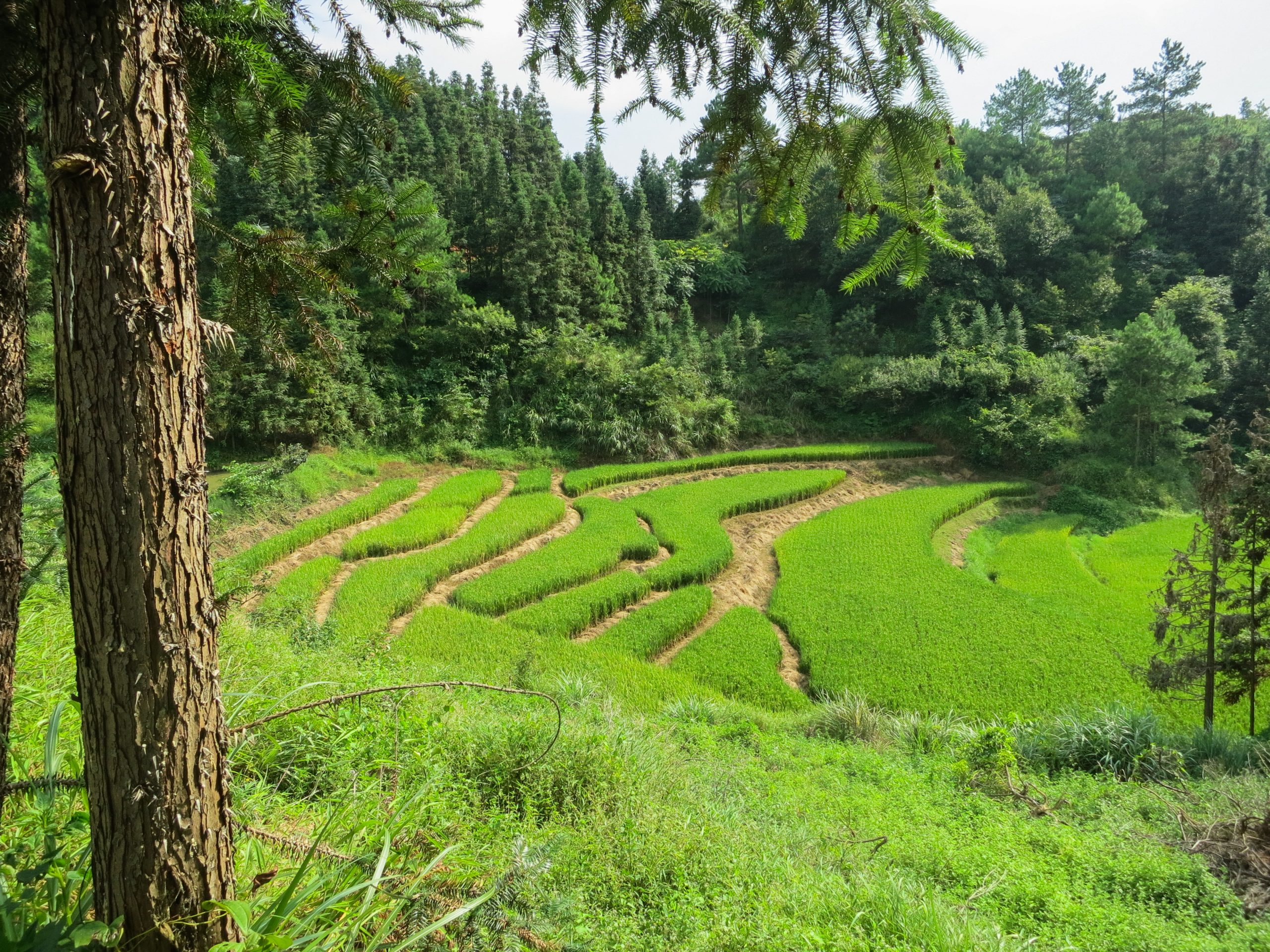
Identify information and resources to bring to the table and seek complementary inputs from other participants. For example, companies can help document and visualize data, yet ensure that subsequent planning and decision-making processes (using those data as a guide) are both inclusive and highly participatory.
External conditions that improve likelihood of success
- Stakeholder interests are sufficiently complementary and/or aligned to develop shared goals and plans for the L/JI
- Local government is committed to progress toward sustainable practices
- A multi-stakeholder body represents the key actors in the landscape/jurisdiction
- That multi-stakeholder group has enough upfront funding to convene and start discussions
- There’s an adequate baseline for legal enforcement and relative lack of corruption
- Skilled facilitation (often by a neutral third party) is available to help build trust and find common ground
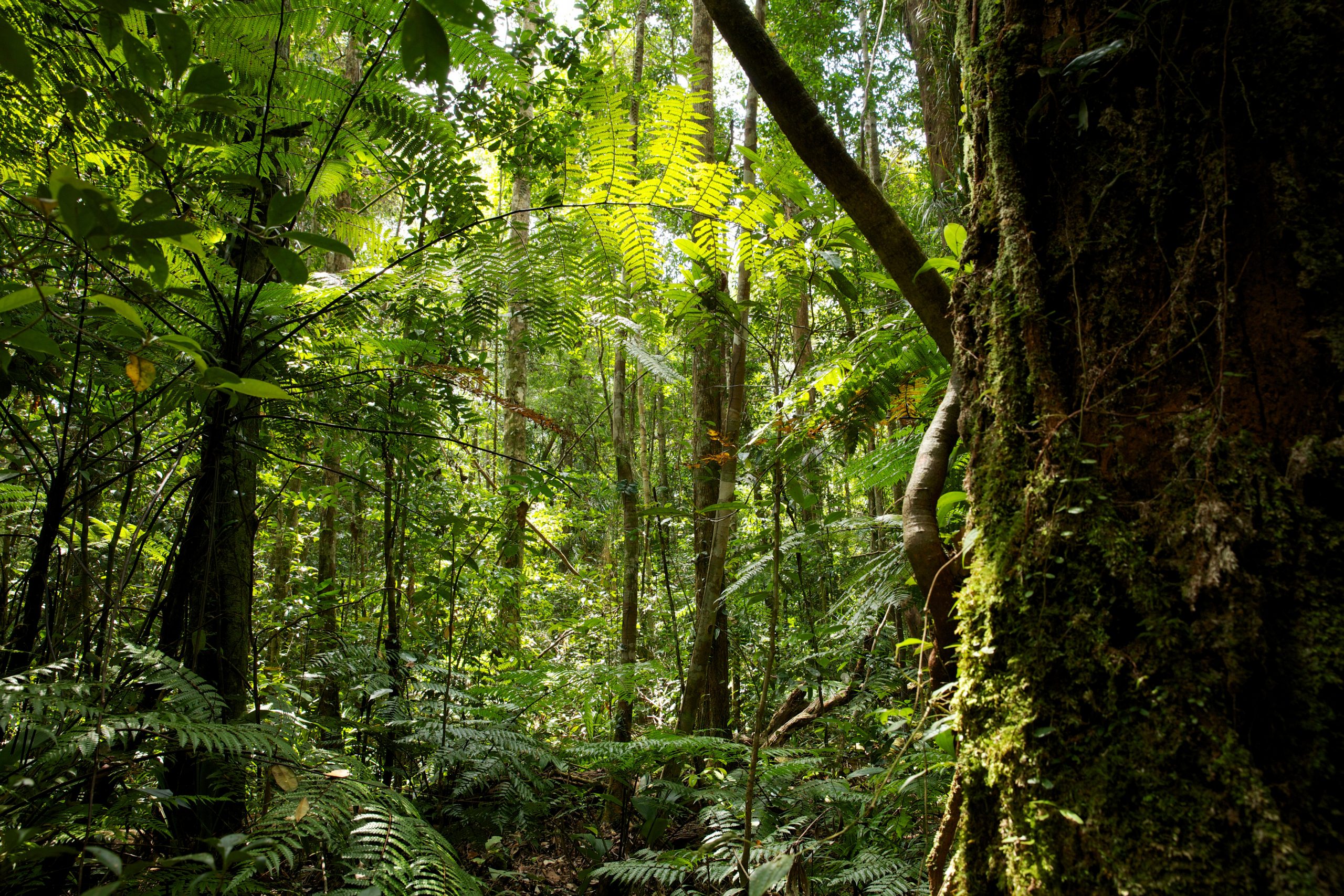
The business case for this intervention
- By aligning jurisdictional goals and KPIs with its own sustainability objectives, a company can leverage multi-stakeholder efforts to deliver outcomes it needs to deliver anyway (e.g. mapping of no-go areas, reduced illegality, verified conversion-free supply).
- Dialogue with relevant public agencies as part of the co-design process presents an opportunity to advocate and/or develop solutions to deforestation that minimize the regulatory burden and associated costs.
- Getting involved in the design process can provide a more transparent, affordable, and secure way for companies to voice opinions and indirectly shape local policy than by more directly advocating with government officials.
- Direct engagement with relevant agencies, CSOs, and communities can build relationships that prove valuable in other ways (e.g. being consulted on relevant decisions, familiarity with suppliers and their challenges/priorities).
